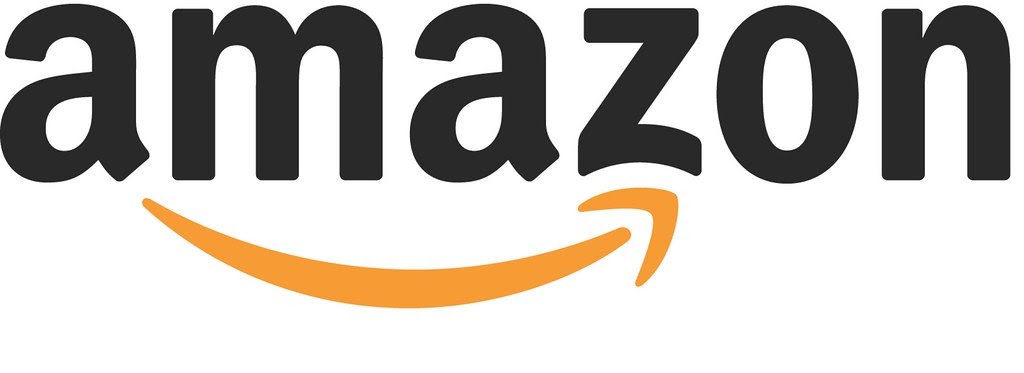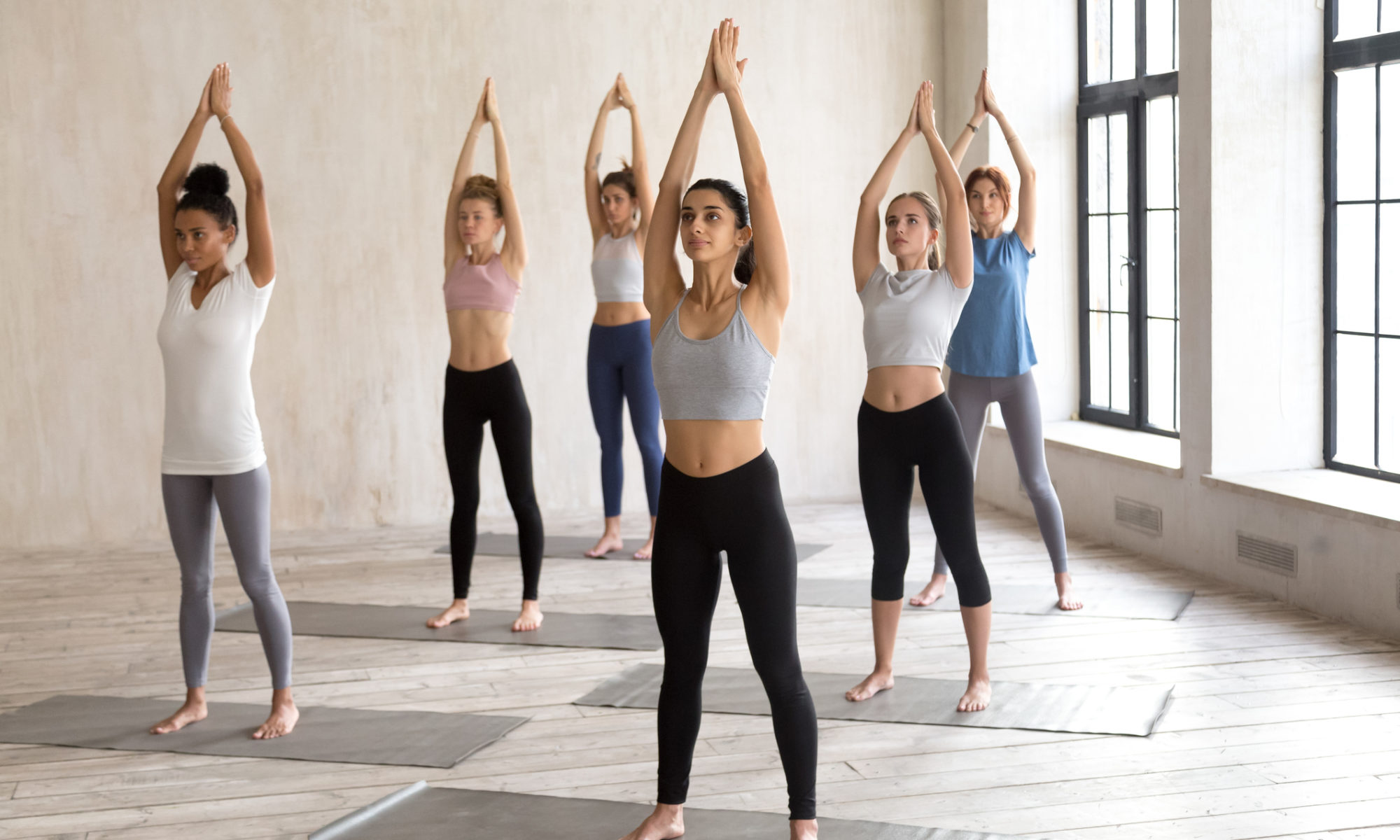AMP stands for Accelerated Mobile Pages, and is a way of speeding up the load time of a website on your phone. As 53% of mobile site visits are abandoned if a page takes longer than three seconds to load, it’s clear that loading speed is a crucial factor for people visiting your website.
But is AMP the right way to go for your website, and if it is, how can you implement it? We’re going to take a deeper look at the world of accelerated mobile pages.
What is an AMP?
Ann accelerated mobile page is a page written in HTML (the standard language for web pages) that has been stripped down to make it as lightweight as possible. This means that it loads faster and is ideal for mobile devices, as using 3G or 4G can mean content-heavy websites take their time to load.
AMPs were introduced in 2015 and were primarily used for publishers and news websites, so their breaking content could be read on the go without long page loading times. It works by applying limitations on the design aspects of your site to ensure that it is as light as possible, but it also speeds up loading time even more by pre-loading your page before you’ve even clicked on it. This means when a user does click on your page, it should load instantly.
AMP websites take up a very small part of the internet (0.064% of the web) but they are growing exponentially; 70% in the last year according to statistics provided by W3Techs.
Does AMP help my website rank for SEO?
Although implementing accelerated mobile pages on your site won’t directly affect your SEO ranking, there are benefits to having a fast-loading site for mobiles. From 2016, Google has been implementing their mobile first index, meaning the search engine will index your mobile site url before your main site.
For responsive websites that have the same url for both mobile and desktop, this isn’t an issue, but there are many sites that have a separate, more lightweight page for mobiles so that it loads faster. This mobile first index has forced websites to consolidate their two urls into one, while attempting to maintain a fast site-loading speed for mobile users.
By having AMP on your website, it will load incredibly quickly regardless of whether it is on mobile or desktop, and a fast loading time on mobile is a ranking factor for Google and could help improve your SEO.
How can I implement AMP on my website?
If you are a tech and coding expert, you would be able to custom design a website to be super-lightweight and fast loading, or you can apply a standardised AMP solution to get similar results. The latter still requires basic coding knowledge, but the AMP project page gives you extensive step-by-step instructions on how to create AMP websites, stories, ads or email.
Should I get AMP for my website?
According to Google, the average mobile web page takes 15.3 seconds to load, whereas an AMP can take under a second. From this data, getting AMP on your site seems like a no-brainer, but the information can be misleading.
Many sites are optimised for mobile without necessarily having AMP, and can load in around two seconds. If you’re not sure how long your site takes to load on mobile, you can use a free speed test defining where the user would be searching it and what kind of mobile device they have.
If your site seems to take a long time to load, it could be to do with the size and quality of the images you’re using. Fortunately there are a few simple steps you can take to manage the images on your website – have a look at our blog to find out how to check your images and improve your page loading time.
In most cases, it is not necessary for you to implement AMP on your website, unless your industry is very fast-moving. News sites are a prime example of websites that definitely should have AMP, as they load almost instantly and they often get featured in SERP panels.
For a standard website, it is probably more beneficial to carry out some basic mobile optimisation instead of moving your whole website over to AMP.
With Go Sitebuilder, you don’t have to worry about your website not working on a mobile device as all our websites are 100% responsive and can be used across mobiles, tablets and desktop computers.
We provide ready made templates that are specialised for your industry, so you just need to upload your images and content and you can have a ready to go website in moments. We know that you’re busy, so we’ve made sure that even our website builder is totally responsive – that means you can edit and make changes to your website wherever you are. Try our 14-day free trial today to see where your new website can take you and your business.













